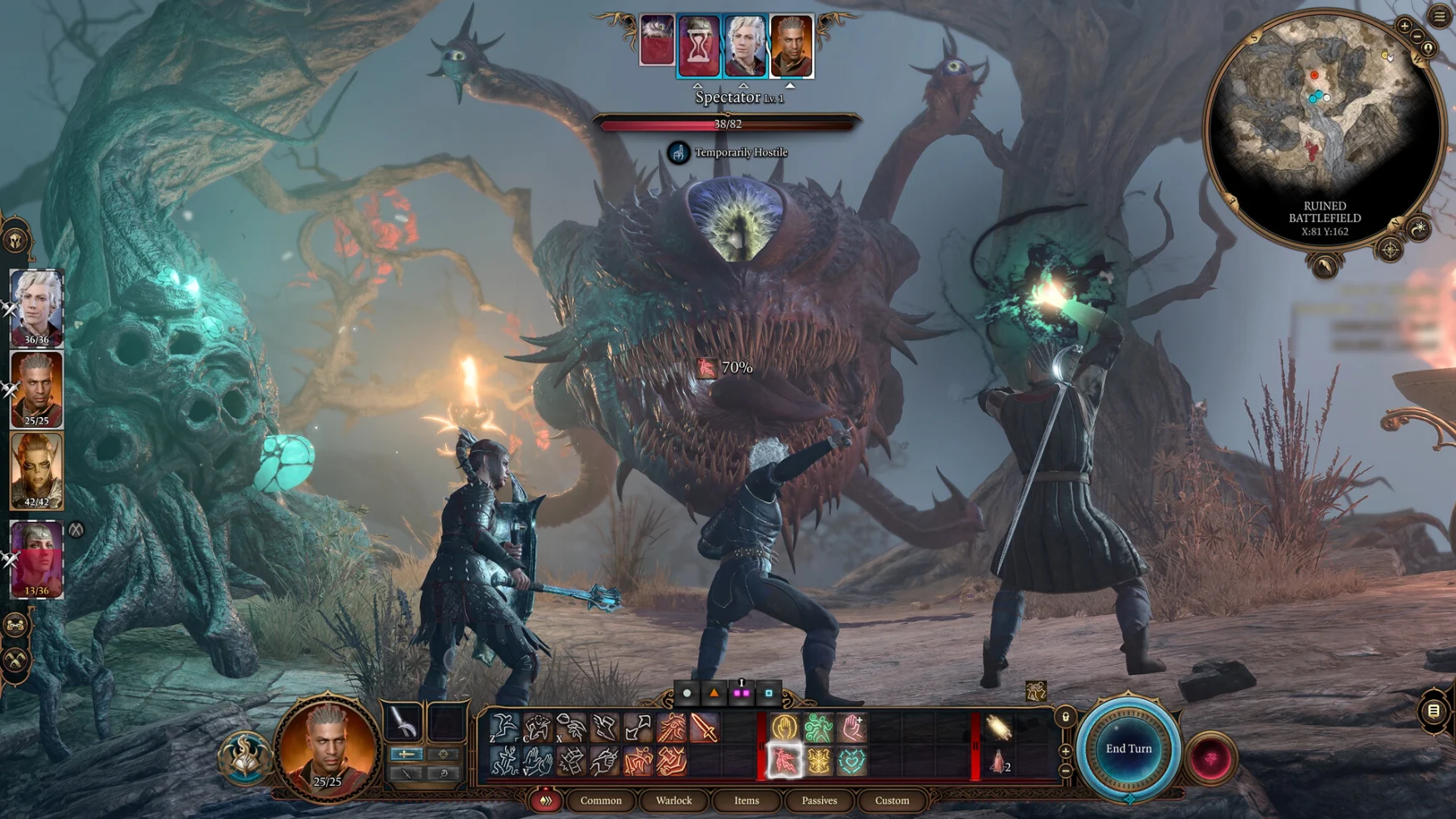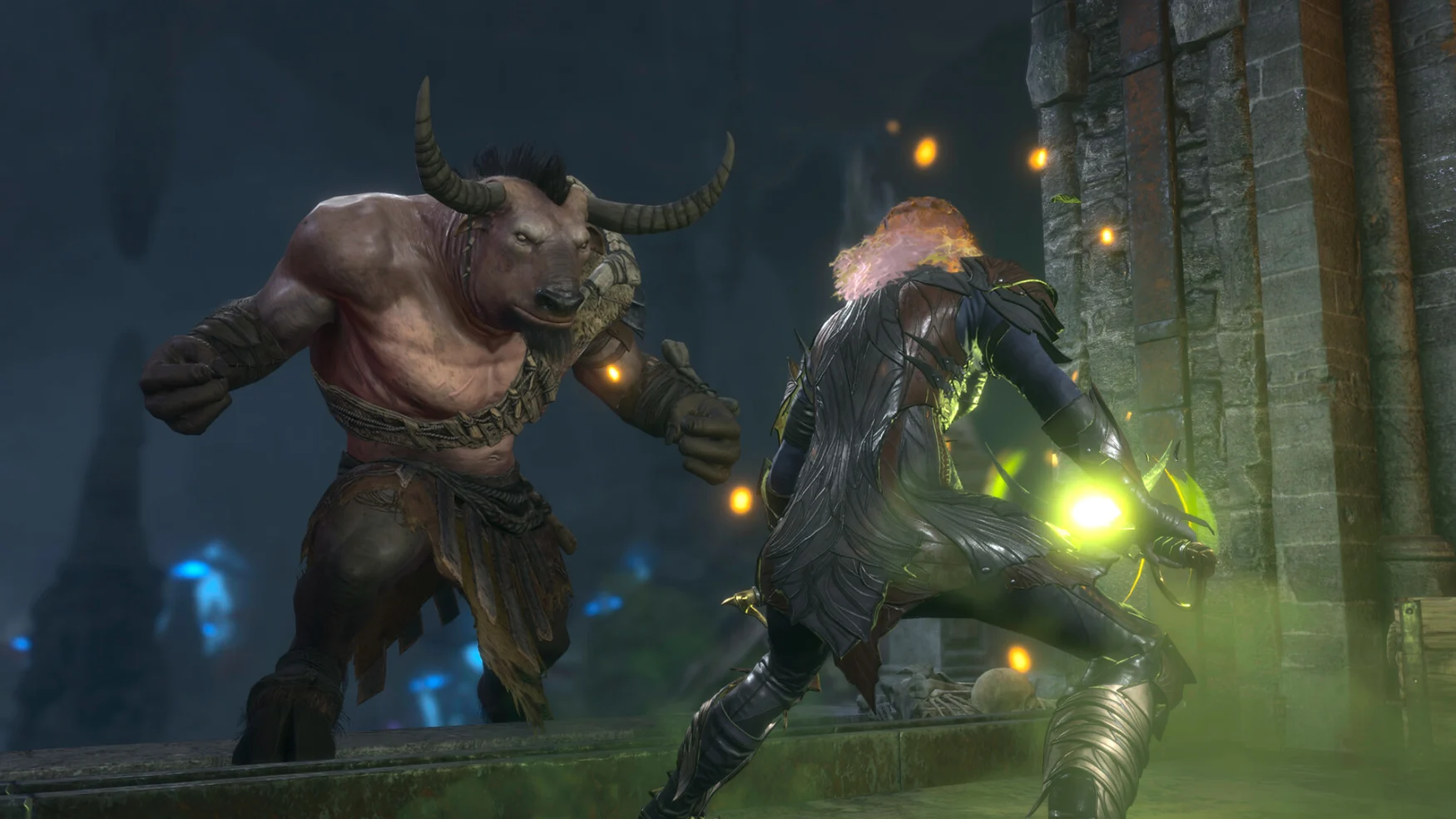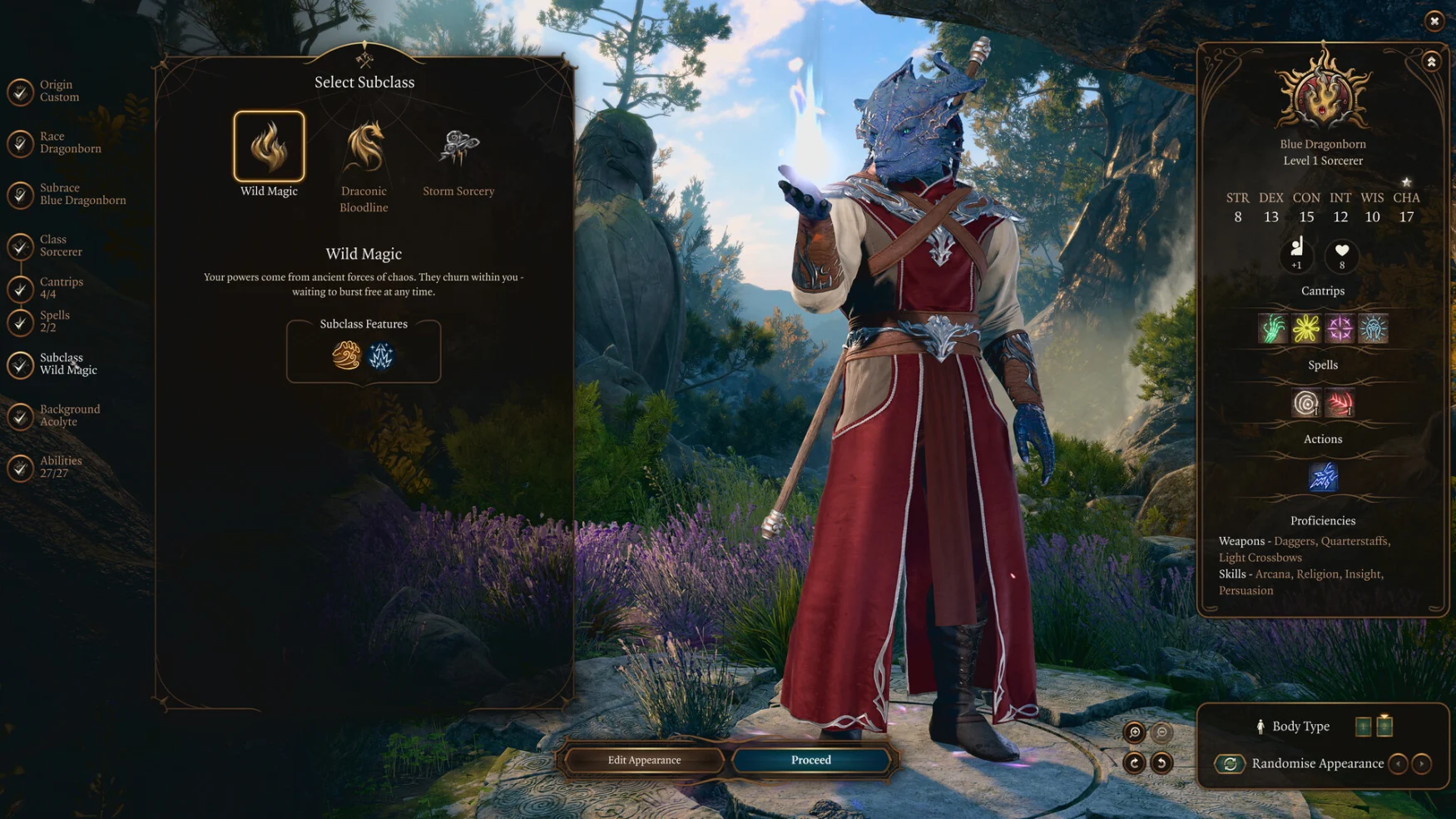Why Baldur’s Gate III is an accidental PS5 console exclusive
Baldur’s Gate III is available right now — partially. To be clear, the game itself is complete, but its rollout is fragmented, with different release dates for each of its planned platforms. Following a lengthy Early Access period, the PC and Mac version of Baldur’s Gate III went live today, August 3, while the PlayStation 5 version is due out on September 6. The game’s developer, Larian Studios, hasn’t provided a release date for the Xbox Series X and S edition.
This isn’t a wholly unprecedented situation. After all, plenty of games come out at different times on various platforms, determined by licensing and exclusivity deals, or simply developer priority. In the case of Baludr’s Gate III, though, something went wrong — specifically with the Xbox version.
“We have no exclusivity deal that prevents us from launching on Xbox,” Larian Studios director of publishing Michael Douse said on X in July. “The issue is a technical hurdle. We cannot remove the split-screen feature because we are obliged to launch with feature parity, and so continue to try and make it work.”

Larian is having trouble fitting Baldur’s Gate III on the Xbox Series S, the lower-priced and lower-powered console in Microsoft’s ninth-generation lineup. Microsoft requires all games to run, feature-complete and without changes in quality or mechanics, on both the Xbox Series X and Series S. With Baldur’s Gate III, this parity rule means the game will be console-exclusive to the PS5 for four months, at least.

Subscribe to the Engadget Deals Newsletter
Great deals on consumer electronics delivered straight to your inbox, curated by Engadget’s editorial team. See latest

Please enter a valid email address
Please select a newsletter
By subscribing, you are agreeing to Engadget’s Terms and Privacy Policy.
“We have quite a few engineers working very hard to do what no other RPG of this scale has achieved: seamless drop-in, drop-out co-op on Series S,” Douse said on X. “We hope to have an update by the end of the year.”
Baldur’s Gate III is a highly anticipated role-playing game set in the Dungeons & Dragons universe, offering familiar classes and abilities in an expansive high-fantasy world. The original Baldur’s Gate landed in 1998 to critical and commercial acclaim, and Baldur’s Gate II: Shadows of Amn followed in 2000. The series spawned spin-offs and enhanced editions, but Baldur’s Gate III is the franchise’s first mainline installment in more than 20 years. Reviews for the PC version are already rolling in, and they’re looking good overall.
PS5 players will get to try out the console version on September 6, but Xbox Series X/S players will have to wait. Though Microsoft’s parity requirements have been in place since the Xbox Series consoles came to market in November 2020, Baldur’s Gate III is the ecosystem’s highest-profile loss directly attributable to these restrictions.

Larian’s issue is likely to be related to RAM. While both the Xbox Series X and PS5 have 16GB RAM, the Series S has just 10GB, running at a slower speed than the other consoles, which dramatically lowers its total memory bandwidth. (The Series S’ GPU is also significantly underpowered compared with the PS5 and Series X, but it’s much easier to “turn down the graphics” than to recode your game.) Clearly, there is potential for Microsoft’s parity requirement to limit the availability, scope and quality of games on the Xbox Series X.
The debate over this potentiality hit a fever pitch last year, with players asking whether the Series S was “holding back” the ninth console generation overall. There weren’t a ton of concrete examples to prove this theory, and the Digital Foundry team argued against the idea, citing the existing variance in the PC market and saying that lower targets could actually help games run even better on higher-powered consoles. Still, a handful of developers from the indie and AAA space went public in late 2022 with their frustrations around the parity rule.
“MANY developers have been sitting in meetings for the past year desperately trying to get Series S launch requirements dropped,” Bossa Studios VFX artist Ian Maclure tweeted at the time. “Studios have been through one development cycle where Series S turned out to be an albatross around the neck of production, and now that games are firmly being developed with new consoles in mind, teams do not want to repeat the process.”
Rocksteady senior character technical artist Lee Devonald similarly tweeted about his experience building Gotham Knights — a game that shipped on consoles with a framerate locked at 30 fps and no performance mode. According to Gamerant, Devonald said that multiplatform developers had to “optimize for the lowest performer,” and, “we have a current-gen console that’s not much better than a last gen one,” referencing the Xbox Series S.
“[An] entire generation of games, hamstrung by that potato,” Devonald tweeted.

With the Xbox Series X/S, Microsoft pivoted away from the traditional console-upgrade cycle and instead focused on establishing its wider gaming ecosystem, which centers cloud play in a post-hardware future. Sony, meanwhile, stuck to tradition — its pitch for the PS5 is more power, faster loading, better graphics and smoother animations than the PS4. This has largely worked out for Sony: It’s leading in console sales, with more than 40 million PS5s in homes around the globe. Xbox said at a Brazilian game festival in June that it has over 21 million players on Xbox Series X and Series S consoles.
Regardless of whether the Series S is restraining the entire video game industry, Xbox parity requirements are literally holding back Baldur’s Gate III, and this system has accidentally created another console exclusive for the PS5, for now.
